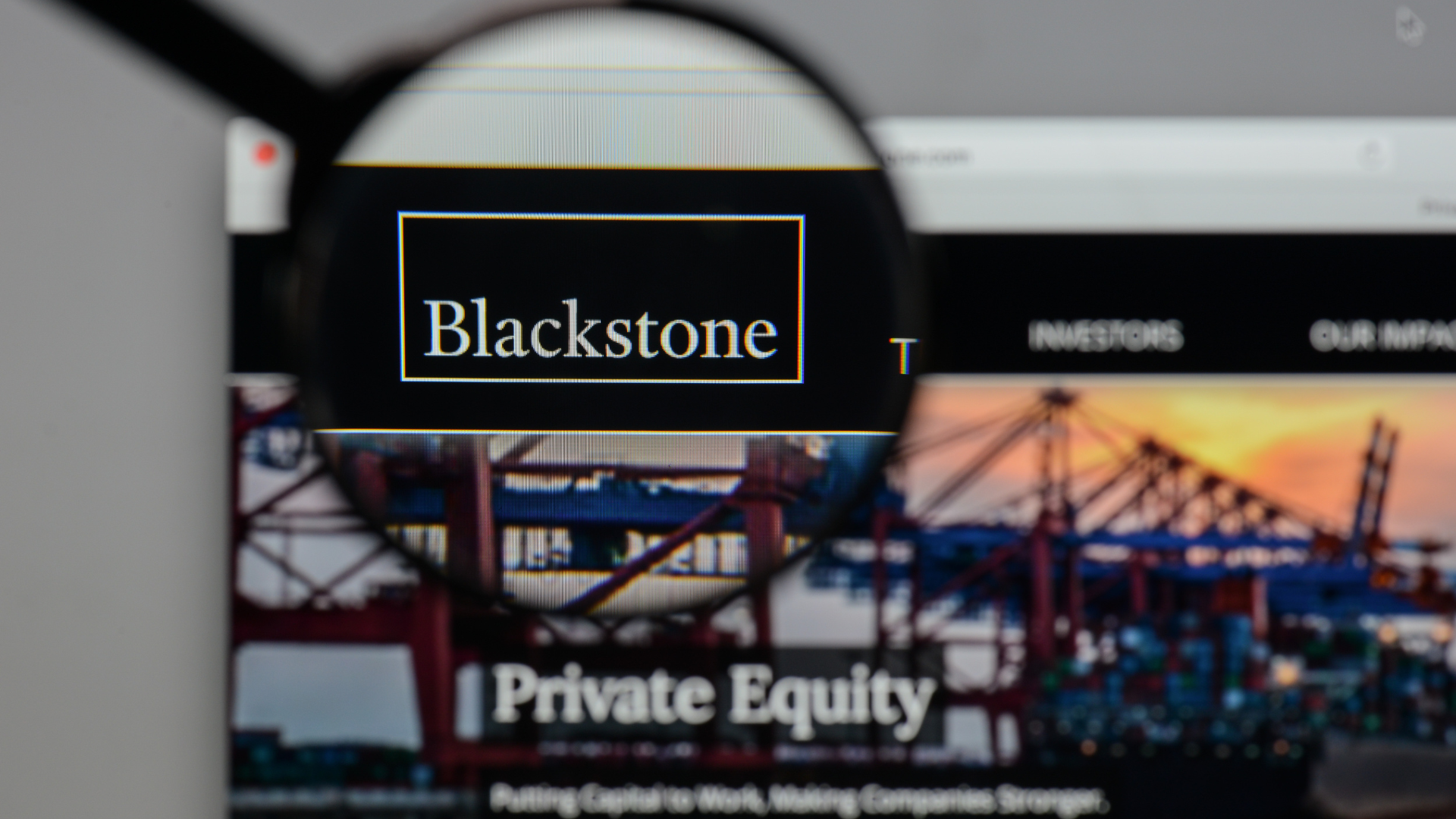
Going beyond Blackstone’s new employee ownership model
August 4, 2024
In May 2024, Blackstone announced a new program to distribute ownership to employees at all the portfolio companies it acquires in the future. The firm will start by implementing the program at Copeland, a climate technologies company with 18,000 employees. In this program, employees are granted some equity in the portfolio company they work for and current employees receive a payout when the firm sells the company or takes it public. Yet, the payout would not cover any employees who had left or had their jobs eliminated before the company was sold.
The announcement comes after more than a year of Blackstone facing press and investor inquiries about child labor at Packers Sanitation, where more than 100 children were found cleaning meatpacking plants across 8 states in a Department of Labor investigation. Since then, investors have taken serious steps to increase private equity firm accountability around labor standards.
In November 2023, the California Public Employees’ Retirement System (CalPERS) updated its Governance and Sustainability Principles to include new labor standards for private equity managers, including freedom of association, an end to forced and child labor, and equitable and safe working environments. CalPERS has used these standards to make investment decisions – Anton Orlich, managing investment director, said that “there have been situations where the stakeholder engagement process has resulted in a reduction in a commitment size from what was a prior commitment, what was in the pipeline, and in some cases, it has been 60% or 70% from that commitment level.” Orlich also confirmed that the pension fund has declined to recommit to a manager’s new fund based on labor issues.
In April, New York State Comptroller Thomas P. DiNapoli, trustee of the New York State Common Retirement Fund, announced the fund’s adoption of a Responsible Workforce Management Policy and Principlesfor its private equity investments. The principles, presented at a recent White House meeting with other pension fund representatives and members of the North American Building Trades Unions (NABTU), do not mention anything related to employee ownership. While the principles do encourage strong benefits for employees, the examples given are “retirement benefits, comprehensive health care, unemployment insurance, workers compensation benefits, and adequate sick leave,” all benefits with greater security than employee ownership.
In the midst of investor pressure, Blackstone is following the lead of other large firms. Ownership Works, co-founded by private equity firm KKR, is a nonprofit organization that partners with companies and investors to provide employees a stake in the value they help create. A recent New York Times articleanalyzed the rise of Ownership Works, an employee-ownership model that purports to “share the wealth” with employees of portfolio companies owned by private equity firms. Ownership Works is one way firms can recognize the significance of supporting employee well-being for their companies and society at large. The program seeksto “improve employee engagement and voice, which can benefit both employee retention and company performance.”
While Ownership Works and Blackstone’s model attempt to create financial security in the long run, these efforts are not connected to efforts to improve wages or often dangerous working conditions that employees face in their day-to-day work. While employee ownership efforts are a positive trend, the firms that use this model have other immediate opportunities to invest in a sense of fairness and equitable treatment by doing things like offering paid sick leave and affordable health care, supporting freedom of association, and paying a sustainable living wage.
It is unclear whether the employee ownership benefits will apply at companies with franchise models or large numbers of independent contractors. For example, more than 300,000 people work as independent contractors taking care of dogs through Rover, which Blackstone acquired in February 2024.
While proponents of the model say it gives workers a chance at building wealth, there’s no guarantee that employees will ever see substantial profits. One former employee of a Blue Wolf Capital portfolio company who spoke to the New York Times noted that his shares were worth nothing when he left his job for another with higher pay – if the goal of these programs is employee retention, equity ownership may not be sufficient for workers who need better pay now. For many workers at PE portfolio companies, their workplace could go under before they see any money. As the article notes, “often, private equity executives profit from client fees and debt-funded dividends even when the underlying assets founder.” Private equity firms have recently been taking firms into bankruptcy at record pace.
Though the employee ownership model works well for a select number of employees who are in the right roles at the right time, other protections and benefits are needed to bring equality to the workplace. For example, private equity firms and the companies they own should also protect workers’ freedom of association, and employee ownership should not be used to dissuade employees from joining a union. In addition to employee ownership programs, investors and private equity firms should continue creating and strengthening policies like the New York State or similar labor standards that ensure their capital truly invests in workers.
